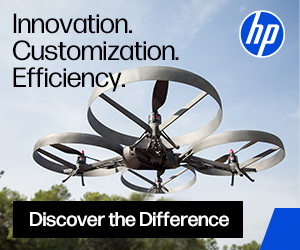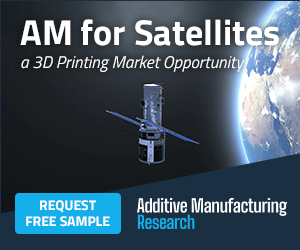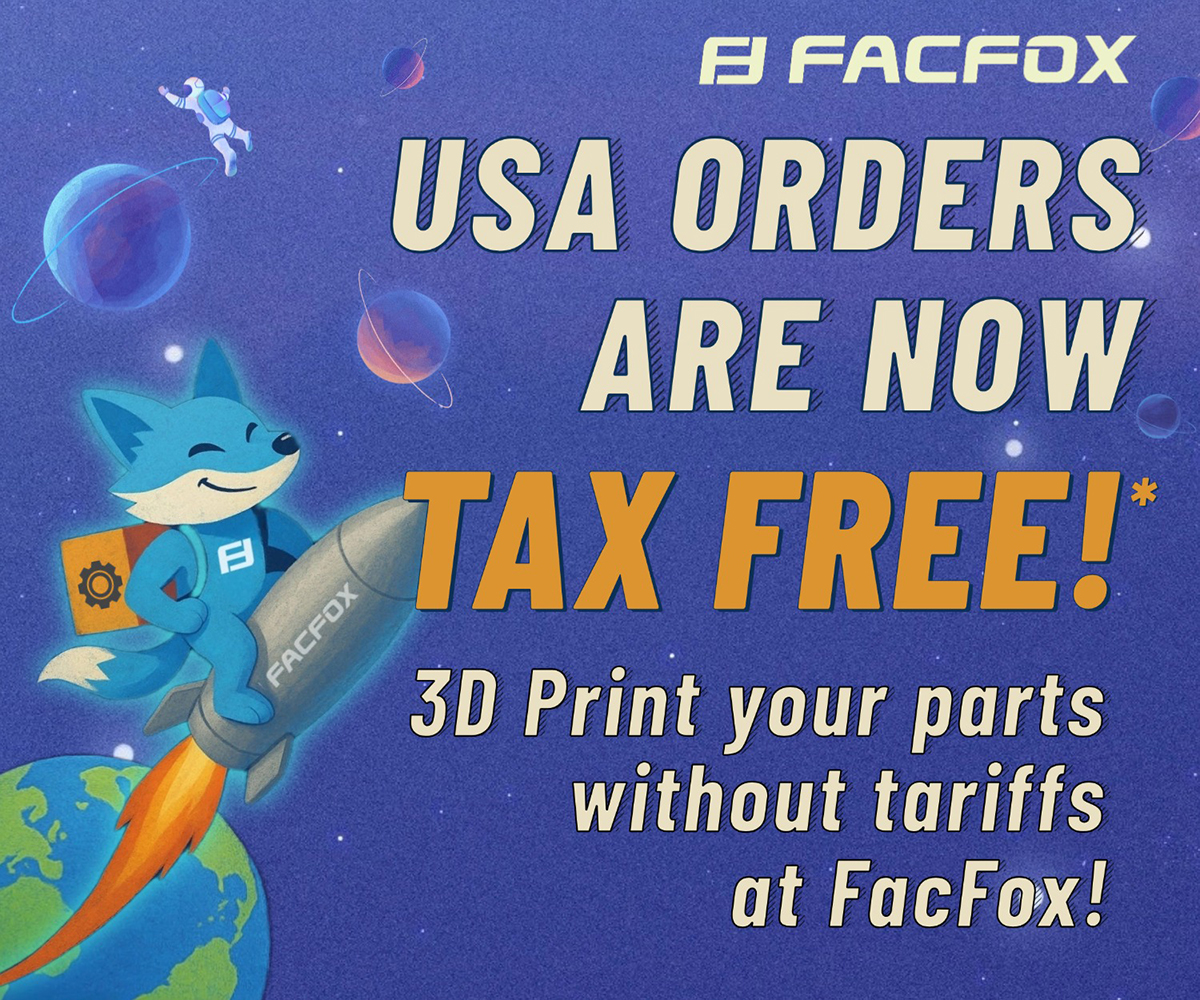Inkjet developer Scrona and conductive ink maker Electroninks are collaborating to advance semiconductor packaging. Electroninks produces silver, platinum, gold, and copper inks, which are non-toxic metal-organic decomposition (MOD) inks known for their high conductivity—an innovation that has garnered attention from companies worldwide. These compounds could pave the way for entirely new electronics, as they are cheaper and easier to process than existing alternatives. Electroninks is one of those small companies with the potential to change the world. In pursuit of this goal, the company is building relationships with partners such as FUJIFILM Imaging Colorants, SAKATA INX, CIA venture fund In-Q-Tel, the Air Force Rapid Sustainment Office, the U.S. Department of Energy, Applied Materials, and Merck. The diversity of these prominent partners highlights the promise of Electroninks’ technology.
However, these inks still require an application method, and the firm’s newest partner, Scrona, is developing just the technology to achieve that. Scrona, despite its name, produces a MEMS-based multi-nozzle electrohydrodynamic print head, and it too has the potential to be transformative. MEMS-based electrostatic printing could enable rapid, high-resolution printing of various highly viscous inks.
The two companies are targeting the seemingly endless stream of funds flowing through the semiconductor industry. Despite signs that the sector may cool significantly, with ASML scaling back external work, Scrona and Electroninks are aiming to tap into the highly competitive cutting-edge semiconductor space. Through efforts in Zurich and Taiwan, they hope to integrate Electroninks’ materials with Scrona’s print heads.
“This alliance between Scrona and Electroninks will accelerate innovation in semiconductor manufacturing by pushing the boundaries of what’s possible in packaging in target applications such as RDL repair and fine line metalization, via filling and 3D interconnects,.Our R&D efforts and process development can help meet the growing demand for higher performance, device miniaturization and reliability,” said Scrona CEO Patrick Heissler.
“By working together, our companies can drive the commercialization of advanced semiconductor packaging processes that utilize cutting-edge EHD print head technology. This will allow our customers to better adopt fine line print/repair, and RDL metallization solutions, thereby enabling the integration of complex functionalities into compact semiconductor packages,” said Melbs LeMieux, who has my new favorite name in additive.
I had to look up RDL metallization, which relates to the redistribution layer in wafer packaging. Fine line printing, which involves creating extremely small lines, seems to be a recurring theme in the semiconductor industry. While it’s difficult to say how directly applicable the duo’s technology is for semiconductor packaging, their innovations could potentially reduce the number of machines, processes, and steps involved. Scrona believes its approach could be ten times cheaper than current methods. If they can achieve this at scale, it could be a significant breakthrough for both companies.
Innovations in IC packaging are seen as the current and future frontier for the semiconductor market. With the semiconductor packaging industry estimated to generate anywhere from $40 to $90 billion in revenue, success in this area could have a major impact for Electroninks and Scrona. Further integration and new designs could also benefit from additive processes, allowing for more optimized designs. Together, Electroninks and Scrona could unlock substantial markets far beyond what they currently target.
Subscribe to Our Email Newsletter
Stay up-to-date on all the latest news from the 3D printing industry and receive information and offers from third party vendors.
Print Services
Upload your 3D Models and get them printed quickly and efficiently.
You May Also Like
3D Printing News Briefs, June 11, 2025: Sustainability, Automotive Tooling, & More
We’re starting with sustainability news in today’s 3D Printing News Briefs, as EOS has strengthened its commitment on climate responsibility, and Zestep is making 3D printing filament out of eyewear...
3D Printing 50 Polymer Stand-In Parts for Tokamaks at the PPPL & Elytt Energy
Of all the world’s things, a tokamak is one of the hardest, most complex, expensive and exacting ones to make. These fusion energy devices make plasma, and use magnets to...
3D Printing News Briefs, May 17, 2025: Color-Changing Materials, Humanoid Robot, & More
We’re covering research innovations in today’s 3D Printing News Briefs! First, Penn Engineering developed 3D printed materials that change color under stress, and UC Berkeley researchers created an open source,...
Firehawk Aerospace Partners with JuggerBot 3D, Gets $1.25M from AFWERX for 3D Printed Propellants
Texas-based Firehawk Aerospace, an advanced energetic materials firm that works with aerospace and defense applications, announced a strategic partnership with JuggerBot 3D, an Ohio-based large-format 3D printer manufacturer. Together, the...



































